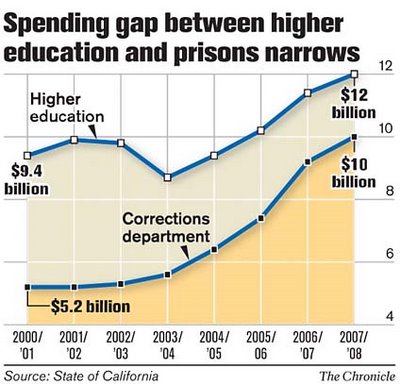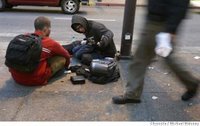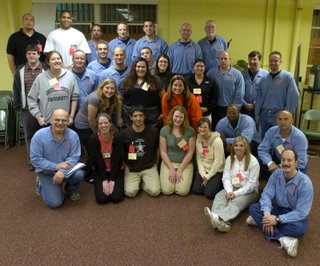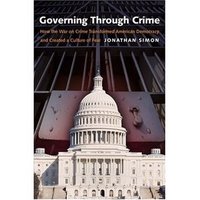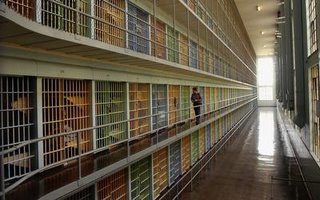
well, it’s been a quiet week in lakeland, florida. the weekly crime map shows only a handful of robberies, some residential burglaries, a couple of stolen cars, and a graffiti report. even so, i was surpised to learn that shoplifting a $6.49 box of prophylactics from the lakeland sears could still land one’s picture on the local crime stoppers leaflet shown above. a few hypotheses:
1. awesome technology. the picture quality was just too good to ignore. check it out: the poor lad is caught red-handed.
2. moral revulsion. some folks are still sickened by the idea of condoms being sold right out there in the open like that. perhaps if the young fellow had grabbed, say, a $6.49 bottle of brut the lakeland police might not have made this case such a priority.*
3. cold cash. maybe somebody is after the reward money: according to the crime stoppers f.a.q., “Tipsters remain anonymous and become eligible for rewards of up to $1,000.”
4. crim theory. perhaps lakeland is big on broken-windows law enforcement or shaming sanctions.
5. wistful nostalgia. the mayberry-gone-wild aspects of this story would seem to evoke durkheim’s society of saints. wouldn’t it be nice if this was the picture of serious crime in america? the young rascal would naturally fess up in such a world, where he’d be given a good talking to by a kindly officer.
*oops, scratch that. only four days later, a crime stoppers alert detailed the theft of “a pack of socks and three bottles of cologne.” i bet it wasn’t brut, though.

